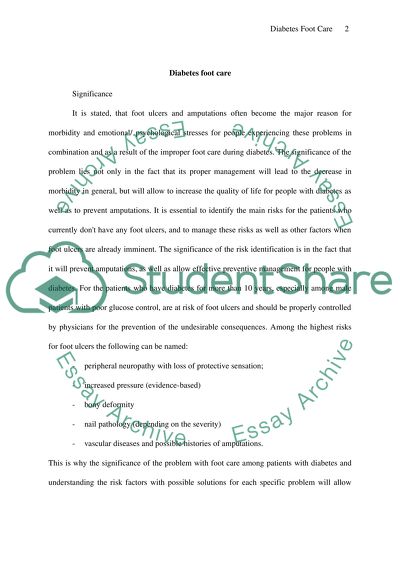Cite this document
(“Diabetes Foot Care Essay Example | Topics and Well Written Essays - 1250 words”, n.d.)
Retrieved from https://studentshare.org/health-sciences-medicine/1499545-diabetes-foot-care
Retrieved from https://studentshare.org/health-sciences-medicine/1499545-diabetes-foot-care
(Diabetes Foot Care Essay Example | Topics and Well Written Essays - 1250 Words)
https://studentshare.org/health-sciences-medicine/1499545-diabetes-foot-care.
https://studentshare.org/health-sciences-medicine/1499545-diabetes-foot-care.
“Diabetes Foot Care Essay Example | Topics and Well Written Essays - 1250 Words”, n.d. https://studentshare.org/health-sciences-medicine/1499545-diabetes-foot-care.


